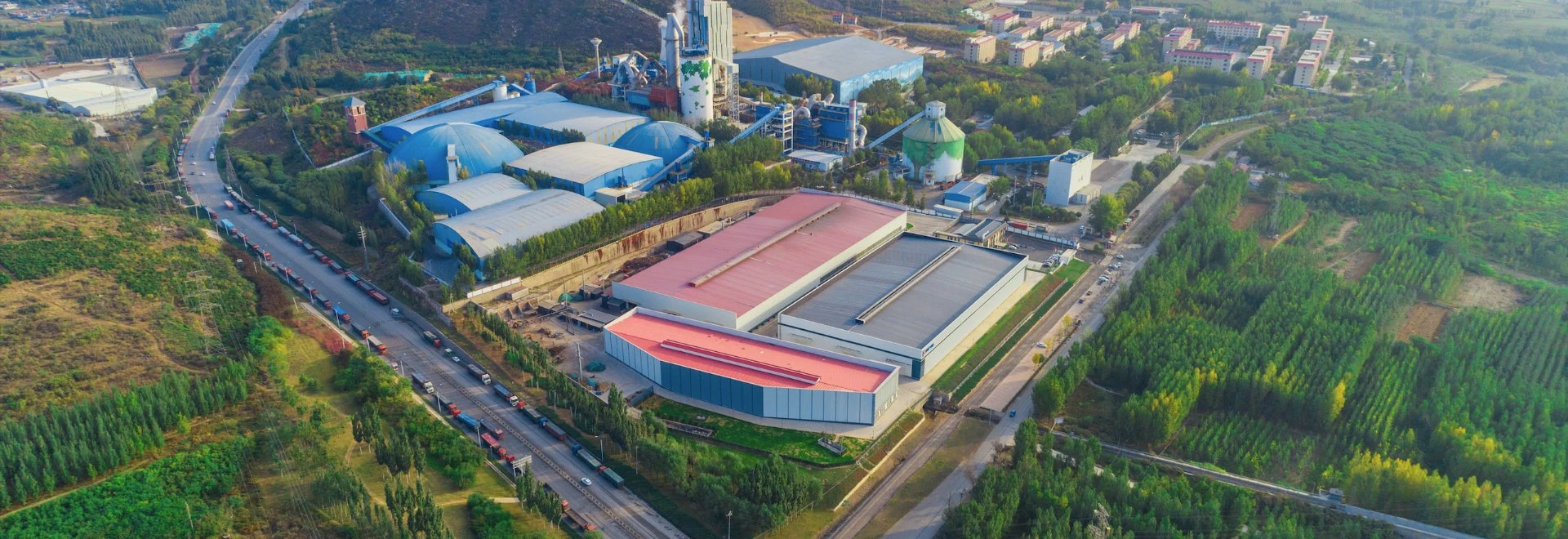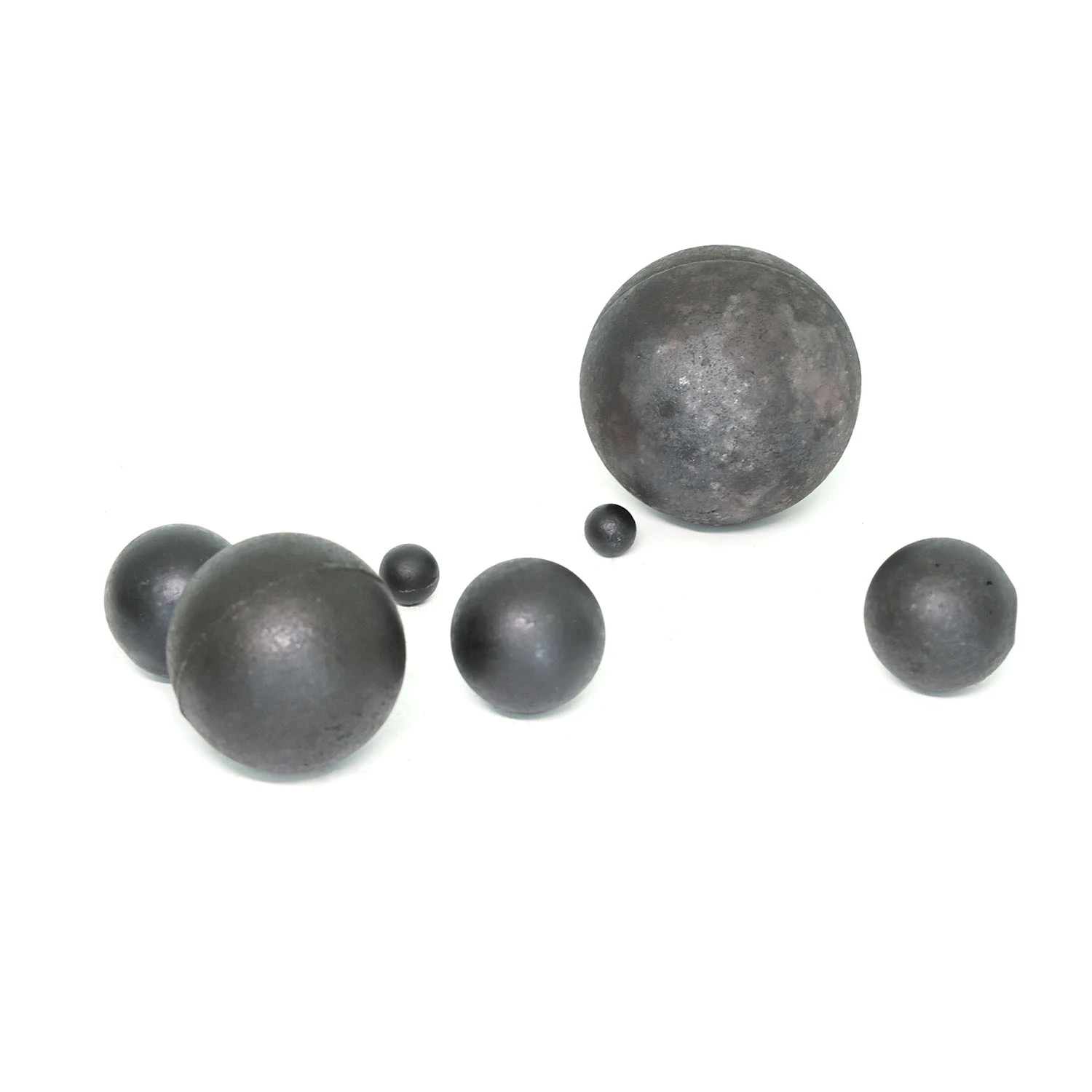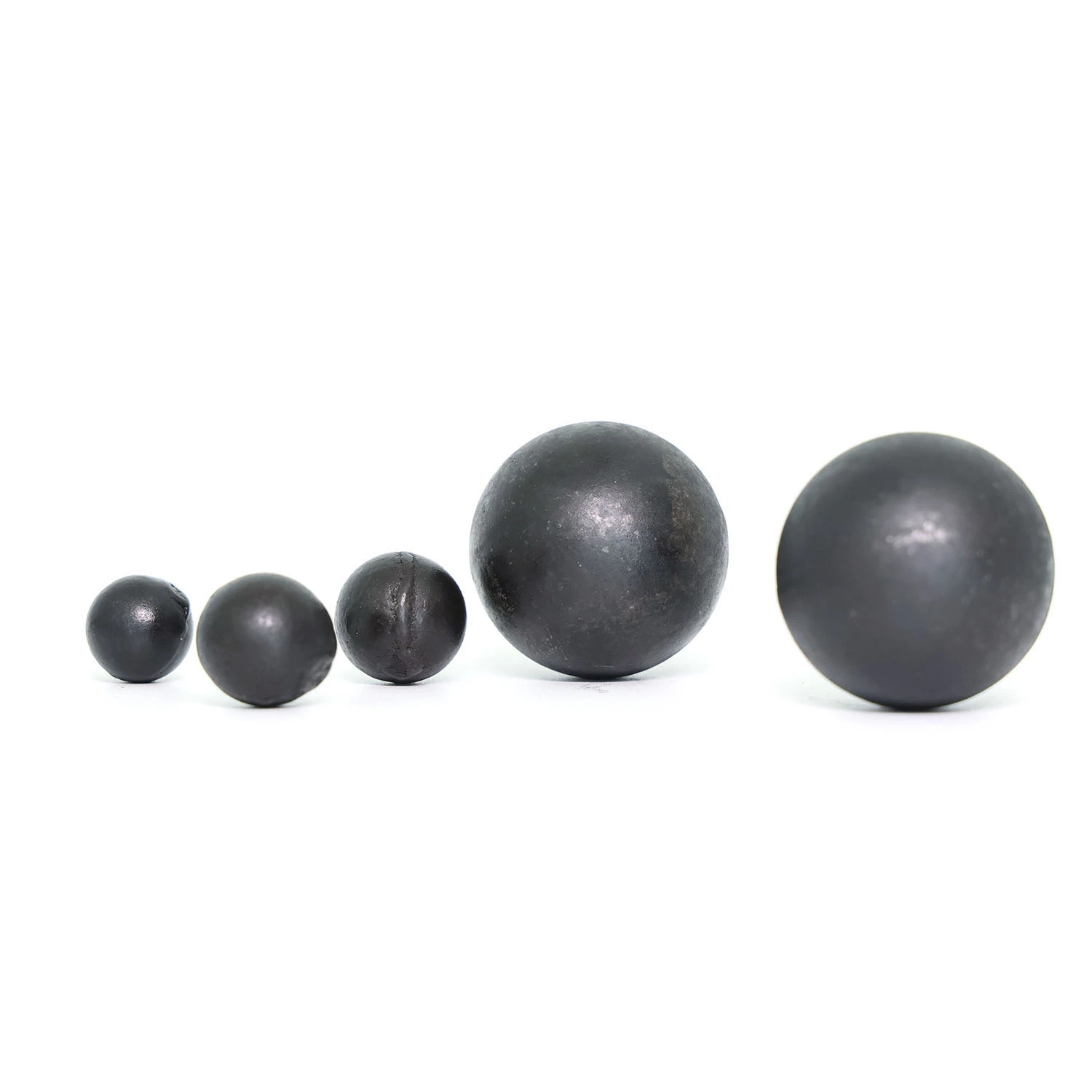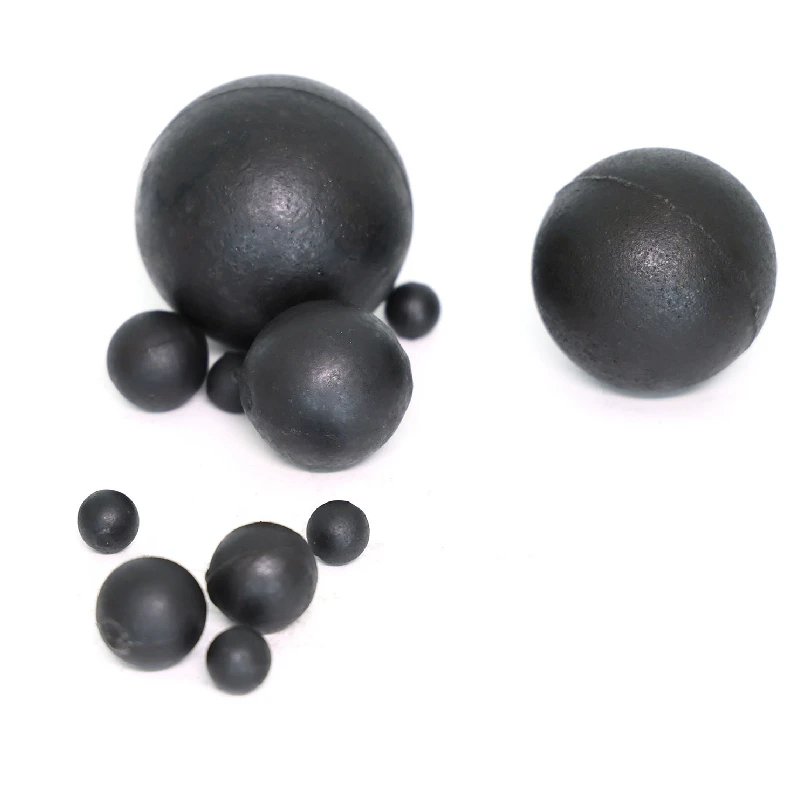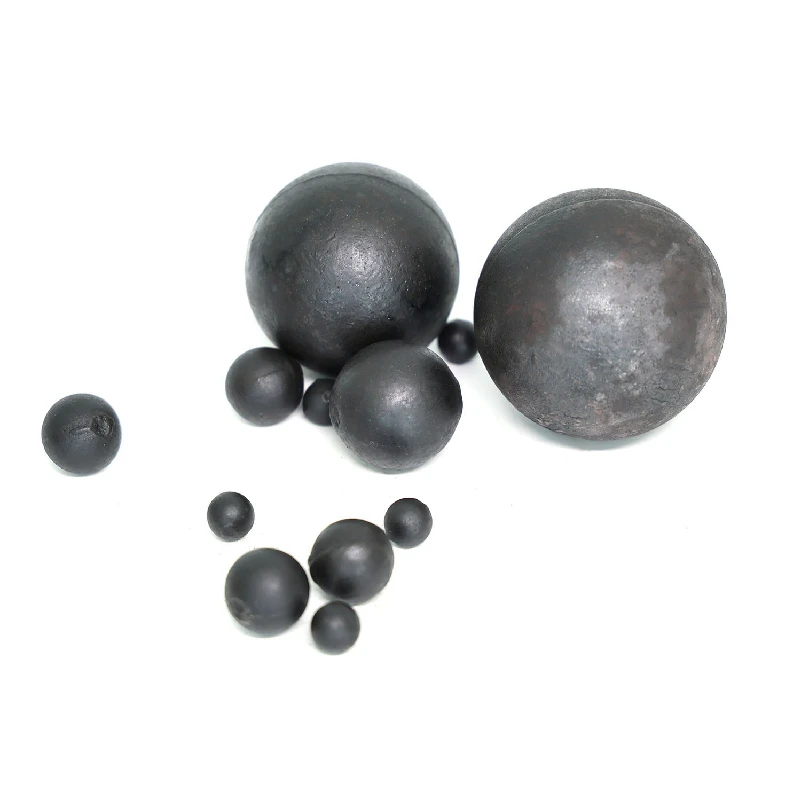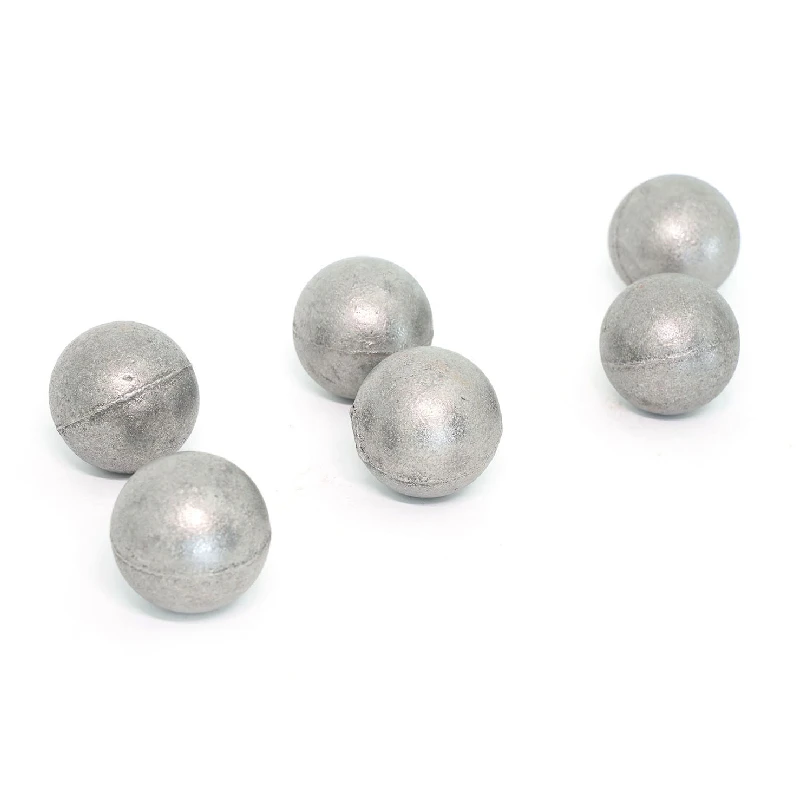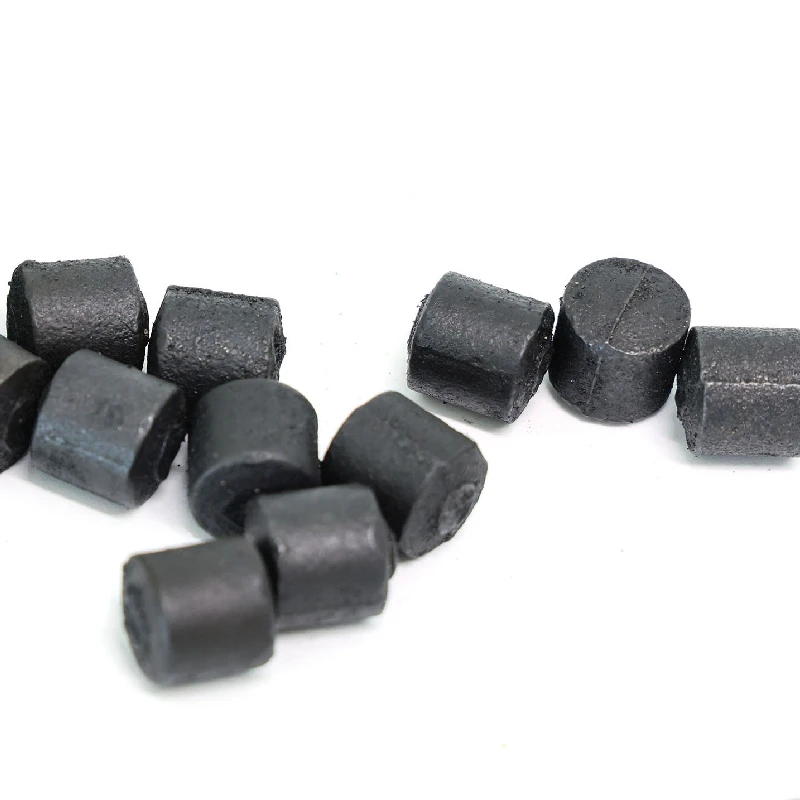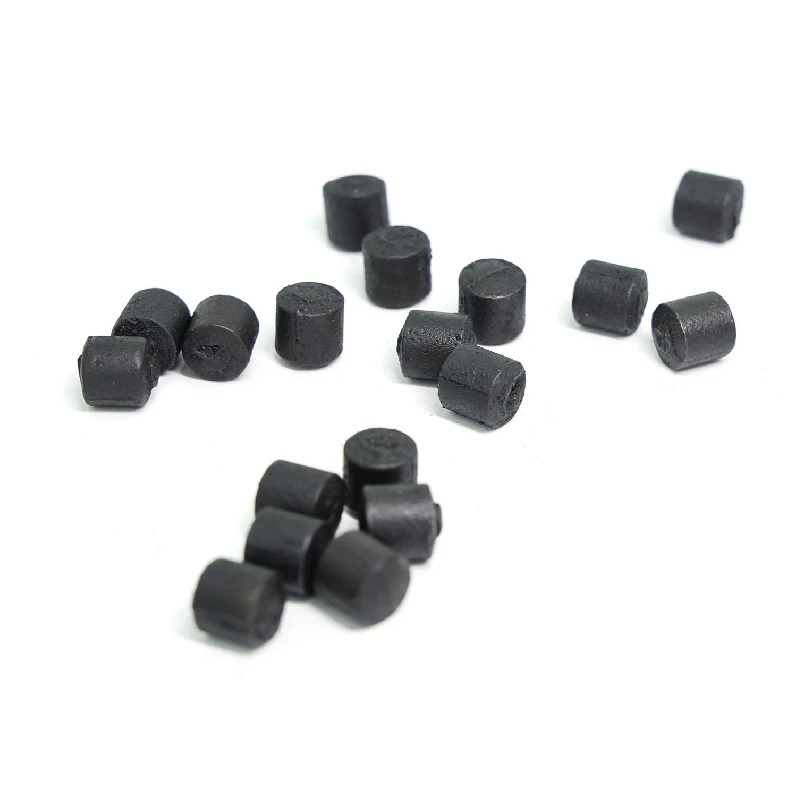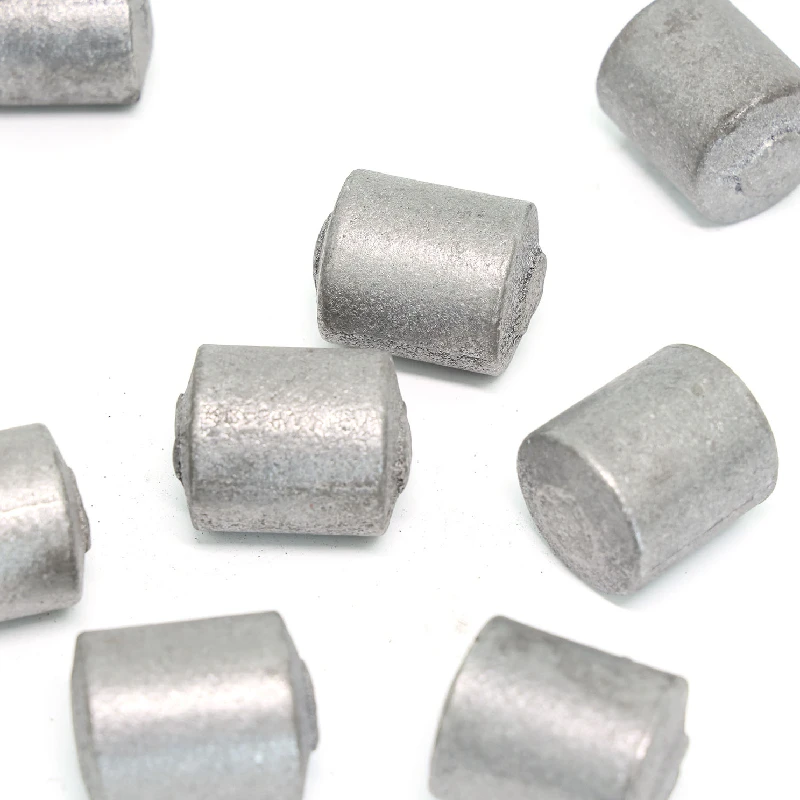- Afrikaans
- Albanian
- Amharic
- Arabic
- Armenian
- Azerbaijani
- Basque
- Belarusian
- Bengali
- Bosnian
- Bulgarian
- Catalan
- Cebuano
- China
- Corsican
- Croatian
- Czech
- Danish
- Dutch
- English
- Esperanto
- Estonian
- Finnish
- French
- Frisian
- Galician
- Georgian
- German
- Greek
- Gujarati
- Haitian Creole
- hausa
- hawaiian
- Hebrew
- Hindi
- Miao
- Hungarian
- Icelandic
- igbo
- Indonesian
- irish
- Italian
- Japanese
- Javanese
- Kannada
- kazakh
- Khmer
- Rwandese
- Korean
- Kurdish
- Kyrgyz
- Lao
- Latin
- Latvian
- Lithuanian
- Luxembourgish
- Macedonian
- Malgashi
- Malay
- Malayalam
- Maltese
- Maori
- Marathi
- Mongolian
- Myanmar
- Nepali
- Norwegian
- Norwegian
- Occitan
- Pashto
- Persian
- Polish
- Portuguese
- Punjabi
- Romanian
- Russian
- Samoan
- Scottish Gaelic
- Serbian
- Sesotho
- Shona
- Sindhi
- Sinhala
- Slovak
- Slovenian
- Somali
- Spanish
- Sundanese
- Swahili
- Swedish
- Tagalog
- Tajik
- Tamil
- Tatar
- Telugu
- Thai
- Turkish
- Turkmen
- Ukrainian
- Urdu
- Uighur
- Uzbek
- Vietnamese
- Welsh
- Bantu
- Yiddish
- Yoruba
- Zulu
Dec . 03, 2024 18:02 Back to list
볼밀 라이너의 종류
Types of Ball Mill Liners
Ball mills are commonly used in various industries, including cement, mining, and chemical processing, to grind materials into fine powders. One crucial component that significantly affects the mill's efficiency and longevity is the ball mill liner. The liner not only protects the interior of the mill from wear and tear but also plays a pivotal role in the mill's grinding performance. There are several types of ball mill liners, each designed to serve specific purposes and enhance the milling process.
1. Classifying Liners
Classifying liners are designed specifically to facilitate the classification of the grinding media (balls) by size and weight. These liners generally feature a stepped design, which allows larger balls to drop into the lower sections of the mill, ensuring effective grinding while preventing oversized materials from accumulating. Their configuration helps maintain a consistent charge within the mill, optimizing the grinding process and improving the overall efficiency.
2. wave Liners
Wave liners are characterized by their undulating surface, which creates a series of waves around the interior of the mill. This design enhances the lifting of the grinding media, allowing for a greater impact force during the grinding process. Wave liners are particularly effective in increasing the grinding efficiency in coarse grinding applications. The increased impact energy not only contributes to better particle size reduction but also improves the wear resistance of the liner due to its larger surface area.
.
Rubber liners are an excellent alternative to traditional steel liners. One of their most significant advantages is their ability to absorb shock and reduce noise during the milling process. They are lighter compared to steel liners, which can lead to reduced overall wear on the mill itself. Additionally, rubber liners are resistant to corrosion and wear, making them ideal for specific applications, especially in the processing of materials that can be abrasive. Their flexibility allows for a tailored fit in various mill designs.
볼밀 라이너의 종류
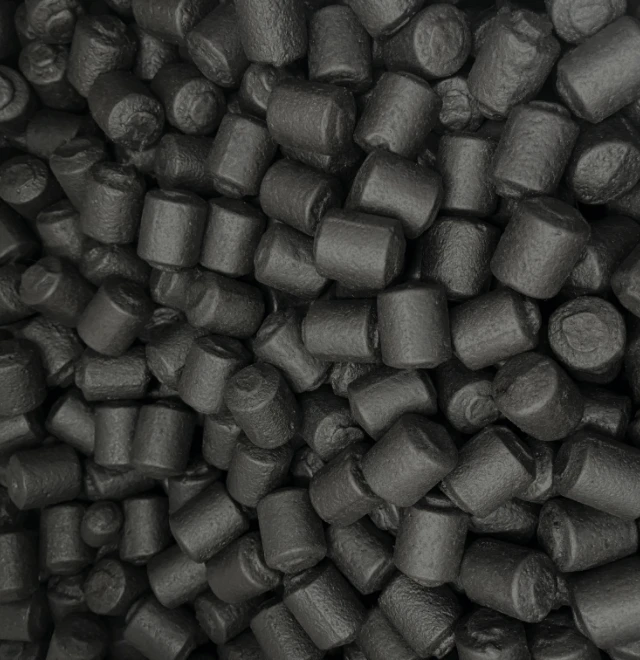
4. Steel Liners
Steel liners are the most conventional type and are widely used due to their durability and strength. They can withstand high-impact forces and are suitable for heavy-duty applications. Steel liners provide a lower initial cost and can be easily replaced, making them a popular choice in many milling operations. However, their tendency to generate noise and wear down over time can be a disadvantage, requiring more frequent maintenance and replacement.
5. Composite Liners
Composite liners are engineered by combining materials from both rubber and steel to maximize the benefits of each. By using a hard steel core lined with rubber, composite liners offer enhanced wear resistance alongside shock absorption capabilities. This hybrid approach results in improved performance and prolonged life of the liner. Composite liners are particularly beneficial in applications where a balance between impact resistance and flexibility is required.
6. High Carbon Chromium Steel Liners
For applications requiring extreme hardness and durability, high carbon chromium steel liners are an excellent option. These liners are designed to withstand the most abrasive materials, providing extended wear life in high-impact environments. The unique composition of high carbon chromium steel offers superior hardness while maintaining some flexibility, reducing the risk of cracking under stress.
Conclusion
In conclusion, the choice of ball mill liner is critical for the efficiency and sustainability of milling operations. Each type of liner has its advantages and is suited for specific conditions based on the nature of material being processed, the design of the mill, and operational goals. Understanding the distinct types of ball mill liners—classifying liners, wave liners, rubber liners, steel liners, composite liners, and high carbon chromium steel liners—enables operators to make informed decisions that optimize performance, minimize operational costs, and extend the lifespan of the milling equipment. As technology advances, innovation in liner design will continue to play a crucial role in enhancing the productivity and efficiency of ball milling processes across various industries.
-
Grinding Cylpebs and Their Impact on Milling Efficiency
NewsDec.27,2024
-
Art of Choosing and Loading Mill Media
NewsDec.27,2024
-
Maximize Your Milling Efficiency with the Right Grinding Media
NewsDec.18,2024
-
Importance and Applications of Ceramic Milling Media in Various Industries
NewsDec.18,2024
-
High Chrome Steel Grinding Balls
NewsDec.18,2024
-
High Chrome Grinding Media Balls and Their Role in Industrial Milling
NewsDec.18,2024
Realted Products

